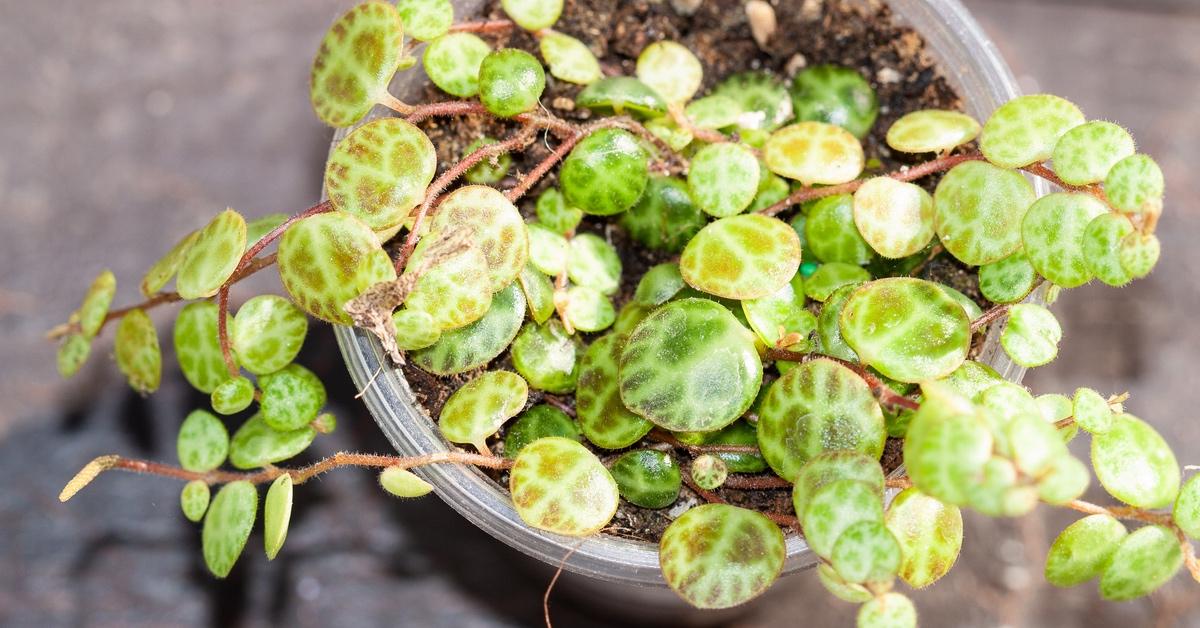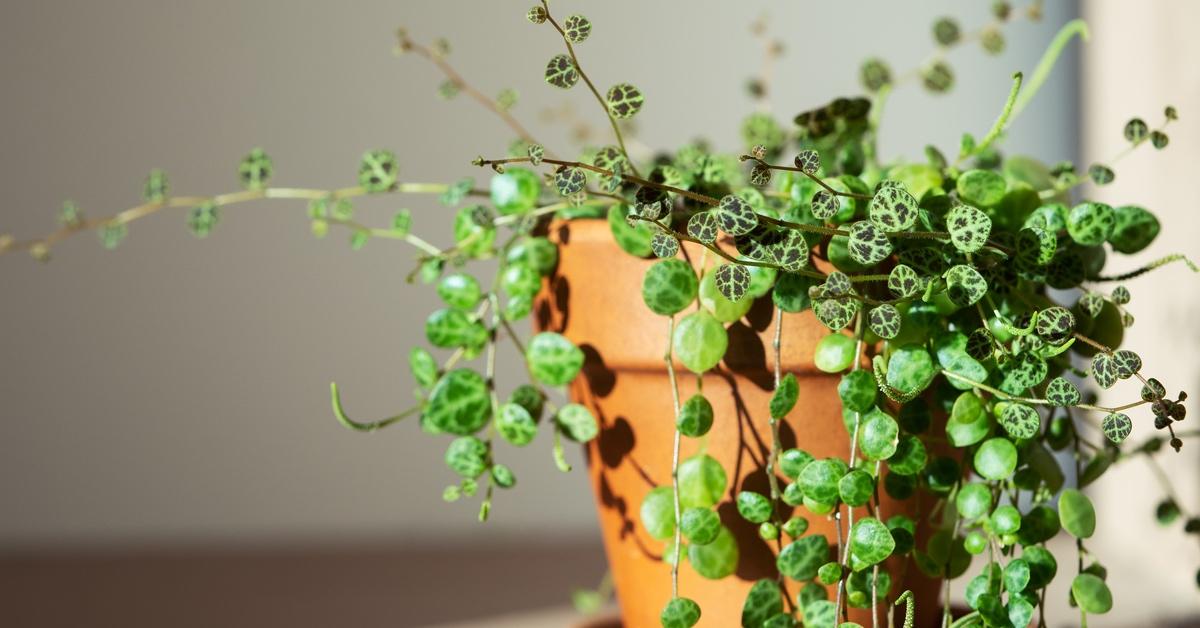String of Turtles: A Cute Semi-Succulent to Brighten the Inside of Your Home
Published Jan. 2 2024, 4:01 p.m. ET

The Gist:
A string of turtles plant is a semi-succulent plant named for its leaves that resemble the shell of a turtle.
String of turtles are relatively easy to care for and live best indoors.
Adding plants to your living space is a great way to boost your mood and naturally purify the air. If you aren’t that plant savvy, an addition like a string of turtle plant is the perfect low-maintenance addition that will add some beautiful greenery.
String of turtles requires little attention but can grow to almost a foot long and be easily propagated. Here's everything you need to know about this fun plant, explained.

The string of turtles plant is the perfect household succulent.
The string of turtles plant, also known as Peperomia prostrata, is a semi-succulent plant. It is named for its circular leaves, which have light-colored veins that make them look like tiny turtle shells and grow downward, so they are perfect for a hanging basket or a windowsill decoration.
String of turtles is native to the Brazilian rainforests and thrives in direct and indirect sunlight. As a tropical succulent, this plant only takes a little effort to keep alive, but there are some guidelines to follow, per The Spruce.

How to care for string of turtles plants:
Starting with light, string of turtles plants thrive in direct and indirect sunlight. According to Planterina, too much sunlight and too little sunlight could be bad for growth. A good rule is to stick to two to three hours of full sunlight daily.
In terms of soil, string of turtles plants prefer acidic soil that contains peat. Luckily, most store-bought soil bags contain peat already, so it shouldn’t be too hard to find.
As a succulent, you do not want to overwater your string of turtles plant. Most succulents require little water because their leaves hold lots of moisture. A good practice is to check the soil every few days to ensure it hasn't dried out and to buy a pot with drainage holes to prevent overwatering, per The Spruce.
According to Planterina, your string of turtles will thrive most in temperatures between 68 and 75 degrees. Being a rainforest plant, the string of turtles also loves humid conditions.
Another tip to keep your plant healthy is to regularly trim off dead leaves and stems, and use fertilizer twice a month to keep it flourishing.
Here's how to propagate a string of turtles plant:
According to the Planet Natural Research Center, a string of turtles plant is very easy to propagate. There are several methods to do this.
You can try propagating through stem cuttings by pruning a stem with a few leaves already growing and placing it in a water container to submerge the stem. Every few days, you should change out the water, and eventually, roots should begin to form. After the roots have grown to about an inch, you can plant the new plant in the soil.
Root division is another propagation method. Root division involves removing your original plant from the soil and delicately separating the roots into sections so they can be entirely separated. Once you have created the sections, plant each in their own pot.